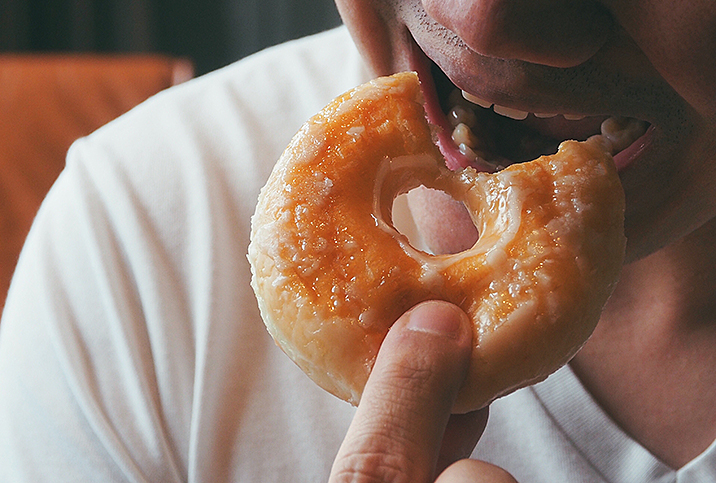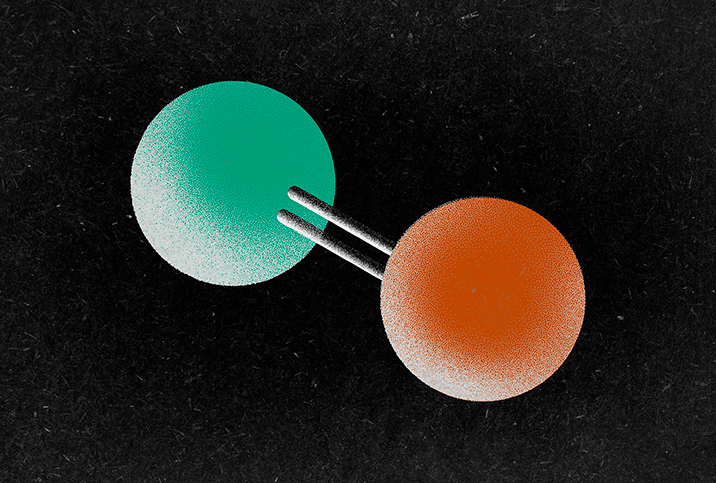Yes, You Can Reverse Prediabetes

Type 2 diabetes is a condition in which the fasting blood sugar (HbA1C) exceeds the normal range, explained Ona Croft, a registered nurse working in general practice in the United Kingdom.
"There's a window whereby the blood sugar levels are higher than the normal range but do not quite reach the range for a diabetes diagnosis," she added. "If a patient's blood sugar is within that window, they are considered prediabetic."
"Prediabetes is basically the gray zone between being healthy and having full-blown type 2 diabetes," said Elika Safar, M.D., an endocrinologist and metabolism specialist at North York General Hospital in Toronto.
A prediabetes diagnosis puts you at risk of developing type 2 diabetes if you do not proactively modify your lifestyle. Being diagnosed with diabetes changes everything about your life. High blood sugar can cause damage to your eyes, feet, heart, kidneys and nerves if left uncontrolled over a long period of time.
High blood pressure and damage to the arteries increase the possibility of stroke and heart attack. Plus, long-term diabetes may lead to reduced testosterone levels in men, and both men and women can suffer from low libido, lack of energy, depression and anxiety.
An estimated 1 in 10 adults in the United States have diabetes, and 1 in 5 people who have it are undiagnosed. It is further estimated that about 1 in 3 American adults have prediabetes, and more than 80 percent of those people are unaware of their status.
How is prediabetes diagnosed?
Although it may not seem to have the same status as diabetes, prediabetes is indeed an official medical diagnosis.
"It is a widely recognized state with set parameters," Croft noted. "If your blood sugars are higher than average but not high enough to be diagnosed with type 2 diabetes, you may be diagnosed with prediabetes."
Safar explained the life span of red blood cells is three months, and the higher the level of blood sugars, the higher the percentage of glycated hemoglobin.
"We measure the percentage of the hemoglobin—the main part of the red blood cell—which is glycated, or has glucose attached to it, in the bloodstream," she said. "That gives us an idea about how well our blood sugars have been controlled over the past three months. When the glycated hemoglobin, also called hemoglobin A1C, is above 6.5 percent, that officially means the patient has diabetes. But when it is between 6 to 6.5 percent, the patient has prediabetes."
Another measure for diagnosis of diabetes is the 75-gram oral glucose tolerance test. Safar said a clinician measures a patient's blood glucose with a blood sample and gives the patient a liquid containing 75 grams of glucose, or sugar, which she described as nasty-tasting. The clinician then remeasures your blood glucose two hours later.
"If two hours later the blood glucose is above 11.1 millimoles per liter or the fasting sugar is above 7 millimoles per liter, a diagnosis of diabetes is confirmed," Safar said.
She explained that a fasting sugar between 6.1 and 7 millimoles per liter means impaired fasting glucose (IFG). If, at the two-hour point, the blood glucose is between 7.8 and 11 millimoles per liter, the status is impaired glucose tolerance (IGT).
"Both of these are steps before having full-blown diabetes, and people with IFG and IGT are at higher risk of developing diabetes," Safar said.
Signs and symptoms
Croft explained most people with prediabetes are asymptomatic.
"Symptoms usually start to become apparent once the person develops type 2 diabetes," she said.
However, some people may start to notice symptoms associated with type 2 diabetes before they are diagnosed. According to Safar, the usual symptoms of uncontrolled diabetes include excessive thirst and urination, blurry vision, confusion, fatigue and weight loss.
"The sexual side effects—like erectile dysfunction and hypogonadism—also usually happen when the blood sugars have been high and uncontrolled for a prolonged period of time," Safar said. "And sometimes we see complications of diabetes at an earlier stage."
Some studies highlight that symptoms can appear in the prediabetes stage. For example, the journal Frontiers in Endocrinology recently published a meta-analysis review examining nine clinical studies investigating erectile dysfunction (ED) in men with prediabetes. The study stated: "Prediabetes is associated with higher prevalence of ED, which may be independent of age of the males and may be stronger in young men."
If you are concerned you may be suffering from symptoms of diabetes, book an appointment with your healthcare provider so they can talk through your symptoms and history and arrange any necessary tests.
Will it develop into type 2 diabetes?
If you have been diagnosed with prediabetes, you have a high risk of developing diabetes. But Safar stressed that you can potentially turn the diagnosis around or slow the pace of progression.
"The prediabetes window is considered crucial in the development of diabetes, as lifestyle changes at this stage can reduce the likelihood of a patient developing diabetes," Croft said.
Adopting a healthy lifestyle, including proper diet and regular exercise, is essential, according to Safar.
"I offer the same advice that I offer to anyone attempting to improve their health," Croft said. "Focus on the addition of small and simple behavior changes over time rather than drastic changes."
She provided a list of strategies that may help prevent prediabetes from developing into diabetes:
- Prioritize sleep and rest.
- Eat more vegetables and protein. Some evidence suggests that adding more plant-based meals to your diet in moderation can be beneficial. You can do this without fully committing to vegetarianism/veganism.
- Drink more water.
- Move your body as much and as often as you can in a way you enjoy.
- Focus on the habits you can add to your life rather than implementing strict restrictions.
Diabetes U.K., an organization dedicated to campaigning for and supporting people affected by diabetes, stated that 50 percent of type 2 diabetes cases can be prevented or delayed.
Many people in the U.S. are living with prediabetes. If you suspect you may have prediabetes or are in danger of diabetes, don't hesitate: Make an appointment to see your healthcare provider and make sure one way or the other. If you have prediabetes, take it as a warning sign and make positive lifestyle changes to improve your health.




















